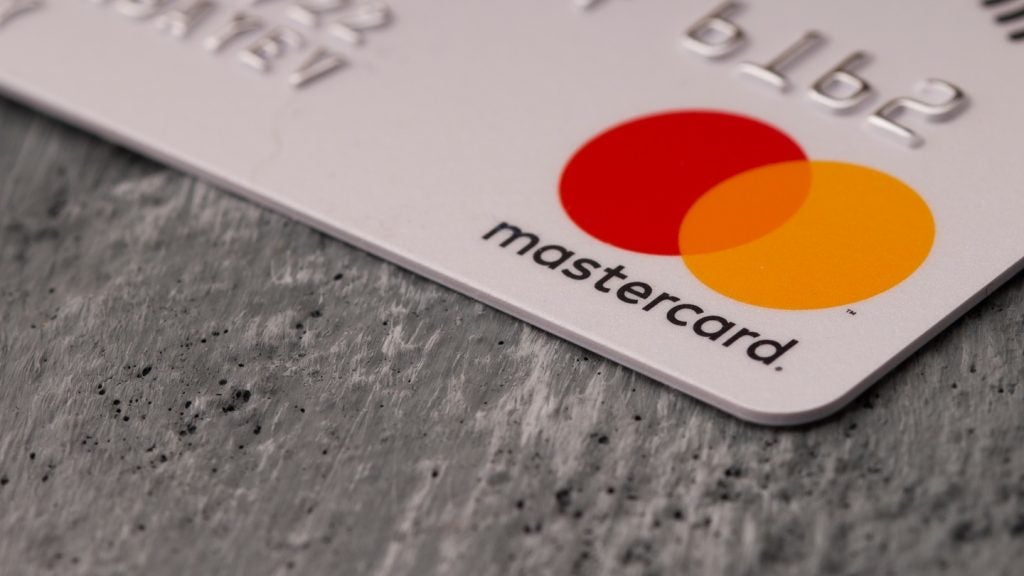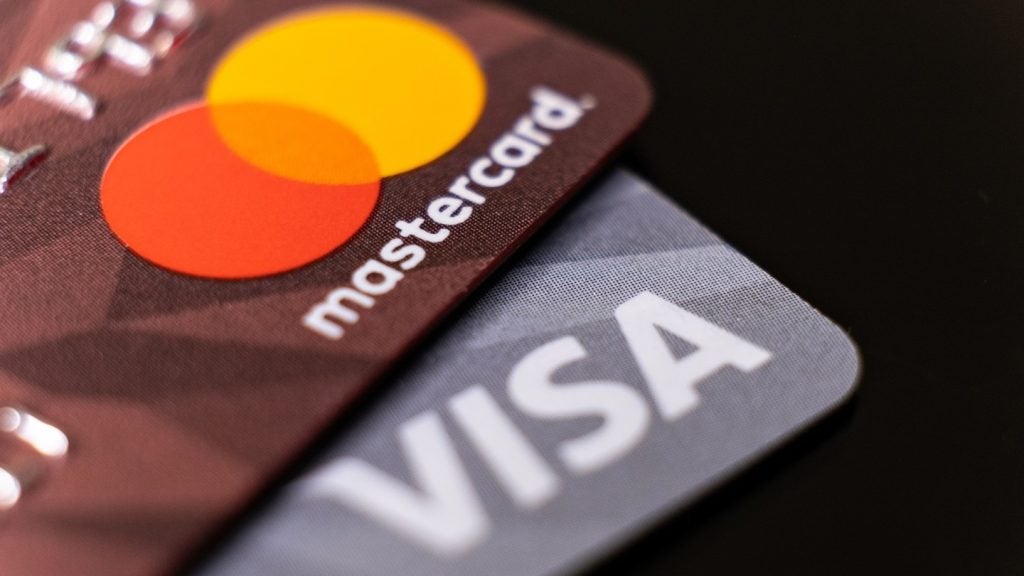It seems almost cliché to say that contactless payments have taken the United Kingdom by storm. However, that does not make it any less true. Over 2015, contactless card payments trebled in the UK. With research from Timetric, Patrick Brusnahan writes on this seemingly immortal trend sweeping the nation
Since 2013, the UK payment cards market has seen a huge uptake in contactless technology. The number of contactless card transactions rose from 1.7 million in 2010 to over one billion in 2015, according to the UK Card Association (UKCA).

Access deeper industry intelligence
Experience unmatched clarity with a single platform that combines unique data, AI, and human expertise.
The number of contactless card transactions rose by 212.2% year-on-year in January 2016. Major card issuers of this technology include Barclays, RBS, Lloyds Banking Group, HSBC, Nationwide, Santander and American Express, all of whom have issued contactless cards.
Total spending on contactless cards rose more than threefold in 2015. It reached £7.75bn ($11.2bn) in 2015, a gigantic increase of 233.3% from 2014. Overall, 1.05 billion contactless purchases were made in 2015, a 227.5% increase over the previous year.
A crucial driver of contactless payments has been the inclusion to London’s public transport system. More than 250 million journeys have been made using contactless payments to date. The UKCA expects the trend to continue, especially considering the increase in the contactless spending limit (from £20 to £30) and the growing popularity of mobile and wearable NFC-enabled payments.
Apple Pay and bPay’s launches have also supported growth within the country. Apple Pay entered the UK market in July 2015 in partnership with some of the country’s largest banks, including HSBC, RBS, Lloyds and Santander.

US Tariffs are shifting - will you react or anticipate?
Don’t let policy changes catch you off guard. Stay proactive with real-time data and expert analysis.
By GlobalDataAlmost simultaneously, Barclaycard launched bPay contactless mobile payments in the form of wearable bands and NFC stickers. Barclays customers can now also use Apple Pay, a service they had been waiting for since its UK launch.
In addition, the anticipated launches of Android Pay and Samsung Pay in 2016 are set to add further competition in the market and boost growth.

Although cashless payments have overtaken the use of coins and notes in the UK, cash is still the preferred mode of payment for low-value transactions. This can apply to anything from vending machines to supermarkets or from pubs to the post office. However, more merchants are anticipated to facilitate the shift from cash to contactless payments to avoid costs incurred in cash handling and increase consumer convenience.
The number of contactless cards in the UK reached 79.3 million by the end of 2015, equivalent to 42.3% of all UK payment cards. In January 2016 alone, 135.8 million contactless transactions were made in the country. Of these transactions, 118.7 million of them were debit card transactions with the other 17.1 million of them consisting of credit and charge card transactions.
As mentioned previously, the contactless spending limit grew from £20 to £30 in September 2015. According to the UKCA, as the average payment at a supermarket is around £25, this will be a terrific boost to spending in contactless payments.
The transport boost
The Oyster card is the UK’s most popular contactless prepaid card. Until September 2014, it was the UK’s only contactless payment option for transport, only available to travellers on London’s transport system. Following September 2014, Transport for London (TfL) started accepting contactless payment cards from other brands.
Ever since the launch on the tube, trams, DLR, London overground, buses, and most National Rail services in London, TfL has become Europe’s fastest-growing contactless merchant. According to TfL, more than one million journeys are made on the network every day using contactless cards. One in every ten contactless transactions in the UK is carried out on the TfL network.
In an attempt to increase contactless transactions within the country’s transport network further, in December 2015, the Mayor of London and TfL decided to allow London taxis to accept card and contactless payments.
Following a series of negotiations with TfL, card issuers agreed to reduce costs for drivers for card payment acceptance. This is expected to lower the merchant service charge paid by taxi drivers from up from 10% to 3% or less of the transaction.
In collaboration with UK public transport operators, the UKCA developed a new framework to allow passengers to use contactless cards and devices to pay for travel. The framework was designed to aid transport operators across the country to implement contactless payments on local pay-as-you-go journeys. This can include single journeys or combined travel across more than one type of transport.
As a result, in January 2016, the UK’s main bus operators (Stagecoach, First Bus, Go-Ahead, Arriva, and National Express) announced intentions to provide contactless facilities on every bus by 2022.

A sense of familiarity
Through a survey, Verifone found out that 38% of London consumers are either ‘somewhat familiar’ or ‘very familiar’ with contactless technology.
This should come as no surprise considering the amount of contactless opportunities in the capital. It might be more surprising that the percentage isn’t higher.
By December 2015, the number of contactless POS terminal in the UK reached 309,706. This roughly represents 17.8% of the overall number of POS terminals. As of January 2016, there were 318,611 contactless POS terminals in the country, equivalent to a 45.3% increase year-on-year.
MasterCard, in September 2014, announced that European merchants, including UK retailers, must be equipped with contactless terminals by 2020. Otherwise, they will not be able to accept MasterCard and Maestro cards. While new POS terminals are required to meeting the standard on deployment from the beginning of 2016, existing POS terminals need to be replaced by 1 January 2020 at the absolute latest.
Multiple merchants in the UK accept contactless payments in an attempt to cut queuing time. These include Starbucks, Tesco, Boots, Costa Coffee, Greggs, Ikea, Lidl, Marks & Spencer, McDonald’s, the Post Office, Waitrose, Wetherspoons and WH Smith.
Starbucks launched the UK’s first success NFC m-payment solution in January 2012, enabling consumers to make contactless payments in its branches. It is now facing competition from other mobile solutions, including Apple Pay and bPay. More than 250,000 merchants in the country accept payments through Apple Pay.
Additionally, the anticipated launches of Android Pay and Samsung Pay will further increase competition.
Google is set to expand its contactless m-payment service, Android Pay, in the UK in 2016. The solution will be supported by a number of banks, including HSBC, Lloyds, MBNA and M&S Bank. Customers can also make payments at merchant outlets that accept MasterCard contactless payments.
Samsung intends to launch its m-payment solution, Samsung Pay, in the UK this year. The service is expected to allow owners of Samsung mobile phones to make purchases using NFC technology as well as magnetic secure transmission technology.







